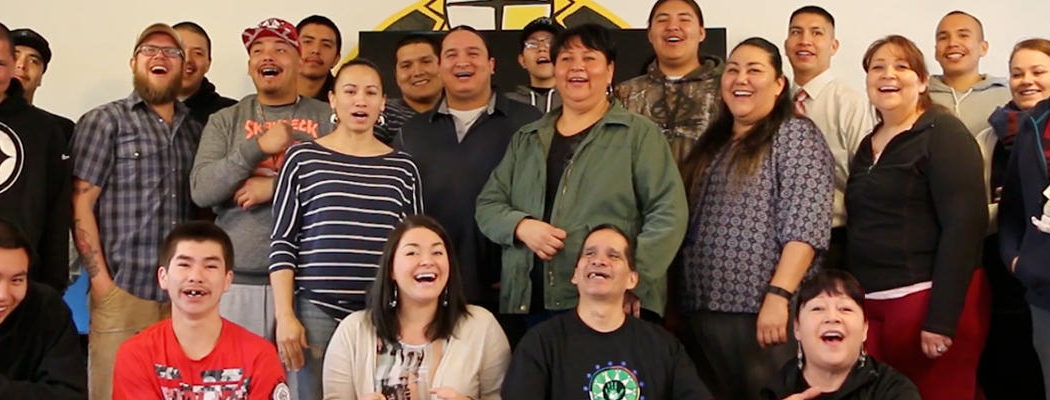From 2010-2016, the U.S. Department of Housing and Urban Development (HUD) administered a $250 million grant program that funded multi-jurisdictional partnerships across the country to advance local
goals for sustainability, equity, and long-term resilience. This program, the Sustainable Communities Initiative (SCI), represented a significant shift in the federal approach to community and economic
development towards one that favored cross-sector collaboration, flexibility, and innovation.
 SCI embodied a “place-based” approach: a model for improving the federal government’s coordination and responsiveness to community needs, targeting resources in specific locations to yield efficiencies of scale. A place-based program is driven by local leaders and guided by a comprehensive view of the interwoven dynamics that affect the quality of life, economic competitiveness, sustainability, and resilience of a place, whether it is one neighborhood or a multi-state region.
SCI embodied a “place-based” approach: a model for improving the federal government’s coordination and responsiveness to community needs, targeting resources in specific locations to yield efficiencies of scale. A place-based program is driven by local leaders and guided by a comprehensive view of the interwoven dynamics that affect the quality of life, economic competitiveness, sustainability, and resilience of a place, whether it is one neighborhood or a multi-state region.
At the regional and local levels, SCI partners formed new alliances among public, private, philanthropic, and nonprofit sectors to both apply for, and implement, their HUD grants. The experience of SCI grantees and partners offers important lessons about the conditions and strategies most conducive to effective collaborations that unite skills and resources to solve complex problems and help communities thrive.

On the Pine Ridge Indian Reservation of the Oglala Sioux Tribe in Pine Ridge, South Dakota, a revitalizing partnership has formed thanks to an SCI grant, comprising the Thunder Valley Community Development Corporation, the Bush Foundation, and the Northwest Area Foundation.
The SCI experience on Pine Ridge Indian Reservation illustrates the power of building relationships with philanthropies as thought partners and co-owners of community development projects. The Thunder Valley Community Development Corporation received a Regional Planning Grant from HUD in 2010 that resulted in the Oyate Omniciye Oglala Lakota Plan, adopted into law as the official Regional Sustainable Development Plan of the Oglala Sioux Tribe.
Thanks to preexisting relationships as a grantee, the Thunder Valley Community Development Corporation counted on the Northwest Area Foundation (NWAF) and the Bush Foundation as core partners that could help them to bring their regional plan to life. Both philanthropies work with Native nations and rural communities in South Dakota, North Dakota, and Minnesota, and in the case of NWAF across the Northwest region of the country. The NWAF and the Bush Foundation grantmaking priorities affirm a commitment to Native nations. The Bush Foundation’s mission statement recognizes the sovereignty of the 23 tribes that share the same geographic area as their three-state grantmaking region, while NWAF is devoting 40% of new grant dollars to Native-led organizations working to advance economic, social, and cultural prosperity in their region.
The two foundations participated in a learning tour organized by the First Peoples Fund about Native American Community Development activities in Western South Dakota, including the Pine Ridge Reservation. Funder tours are a valuable way to provide a learning opportunity without the pressure or expectation of hard asks. Through these tours, philanthropies can connect to organizations doing important work and initiate or strengthen relationships.
When Thunder Valley applied for an SCI grant the two foundations provided a letter of support but no commitment of matching funds. The NWAF and the Bush Foundation became part of the brain trust, learning side-by-side with Thunder Valley about how to tackle the entrenched and intertwined challenges on Pine Ridge that afflict many other Native American communities. Following the planning process, the foundations provided grants to help Thunder Valley CDC move forward with the recommendations of the Oglala Lakota Plan.
The grants that the two philanthropies provided were seen by Thunder Valley as more than just financial support: they were a gesture that signified their commitment to the work, to the Oglala Lakota people, and to their continuing relationship. As institutions with experience working and grantmaking in the region, NWAF and the Bush Foundation were powerful advocates for the work on Pine Ridge. When a new philanthropy expressed interest in the region, Thunder Valley would refer them to NWAF or the Bush Foundation, or they would go directly to those foundations. Given the foundations’ expertise working in Native communities, it was valuable to have them vouch for and promote the work of Thunder Valley with their philanthropic peers.
One of these exchanges resulted in the largest grant from a foundation that Thunder Valley has ever received, from the Doris Duke Charitable Foundation, to evaluate the impact and replicability of the regional equity initiatives on Pine Ridge and build the institutional capacity of Thunder Valley CDC. Beyond encouraging other philanthropies to look at Thunder Valley, the conversations between funders are also helpful for coordinating investments and exploring ways that the grant work of different foundations could complement each other.

As Thunder Valley began to receive more widespread recognition for their work, they garnered attention from other national funders. As a finalist for the Buckminster Fuller Institute’s Fuller Challenge for their Regenerative Community Plan, Thunder Valley received a special recognition award from the Buckminster Fuller Institute, the Surdna Foundation, and NWAF. The Regenerative Community is the first implementation project of the Pine Ridge regional plan and it was the first project the Buckminster Fuller Institute received from a Native American community for its Fuller Challenge.
As institutions with experience working and grantmaking in the region, NWAF and the Bush Foundation were powerful advocates for the work on Pine Ridge The Oglala Lakota Regional Plan highlighted a need for healthy and affordable housing for residents on the Pine Ridge Indian Reservation, and the community has since broken ground on their Regenerative Community to address this need.
SCI allowed Thunder Valley to shift to a higher gear and think about how they frame the work they were doing around place-making and regional equity building. Native American communities like Pine Ridge often struggle to attract philanthropic investment. When Thunder Valley CDC pitched the project that they were undertaking in Pine Ridge, they urged funders not to view it through the filter of a rural project or a Native American project, but rather, to recognize the same equity lens that defined the work of other grantees, regardless of background. Despite being a tribal community in a rural area, Thunder Valley was still pursuing ambitious goals for regional sustainability.
Thunder Valley benefited from their partners’ philanthropic perspective. NWAF and the Bush Foundation shared different strategies and lessons learned from other tribal communities in their grantmaking areas. The Bush Foundation’s work on tribal governance structures provided useful lessons for Pine Ridge. NWAF runs a Learning/Action Lab for Community Wealth Building in Indian country. Thunder Valley participated in the Lab as part of a cohort and found it to be a transformative experience. They learned about cooperative movements in places like Cleveland and Winnipeg and through the Lab were able to travel to those places to learn about community wealth building strategies and cooperative movements.
Philanthropy was an essential complement to the localized place-based lens of the Oyate Omniciye and other SCI work. Thunder Valley’s philanthropic partners broadened their perspective and were deliberate about acting as a connector between practitioners. That being said, Thunder Valley leaders also realized the power of their own perspective as a community-based organization during their SCI work.

Philanthropy cannot solve the intertwined struggles that affected Pine Ridge alone, and one of the most effective ways to confront those challenges is through partnerships with organizations like Thunder Valley CDC. In tribal communities and rural areas without philanthropic connections, it can sometimes feel daunting to approach foundations for the first time.
Thunder Valley CDC emphasized the importance of changing the narrative about tribal challenges and work on the ground, urging their peer local leaders to approach philanthropies as equals and thought partners. They found the best way to build lasting partnerships with foundations was to come to the table as an experienced practitioner deeply embedded in the community and committed to learning how to solve systemic problems together with their partners in philanthropy.
Photo Credits: Thunder Valley Community Development Corporation
See full Sept. 2016 HUD report with Thunder Valley case study (PDF).

